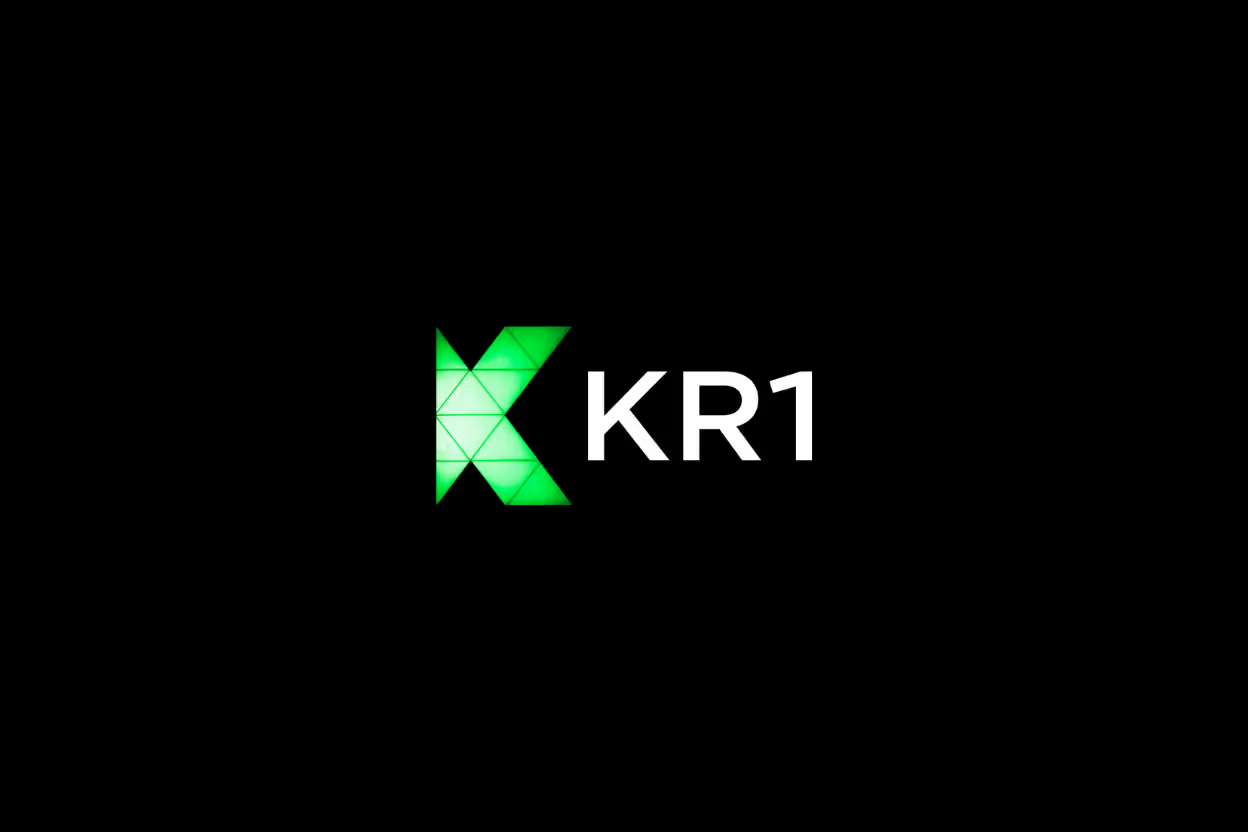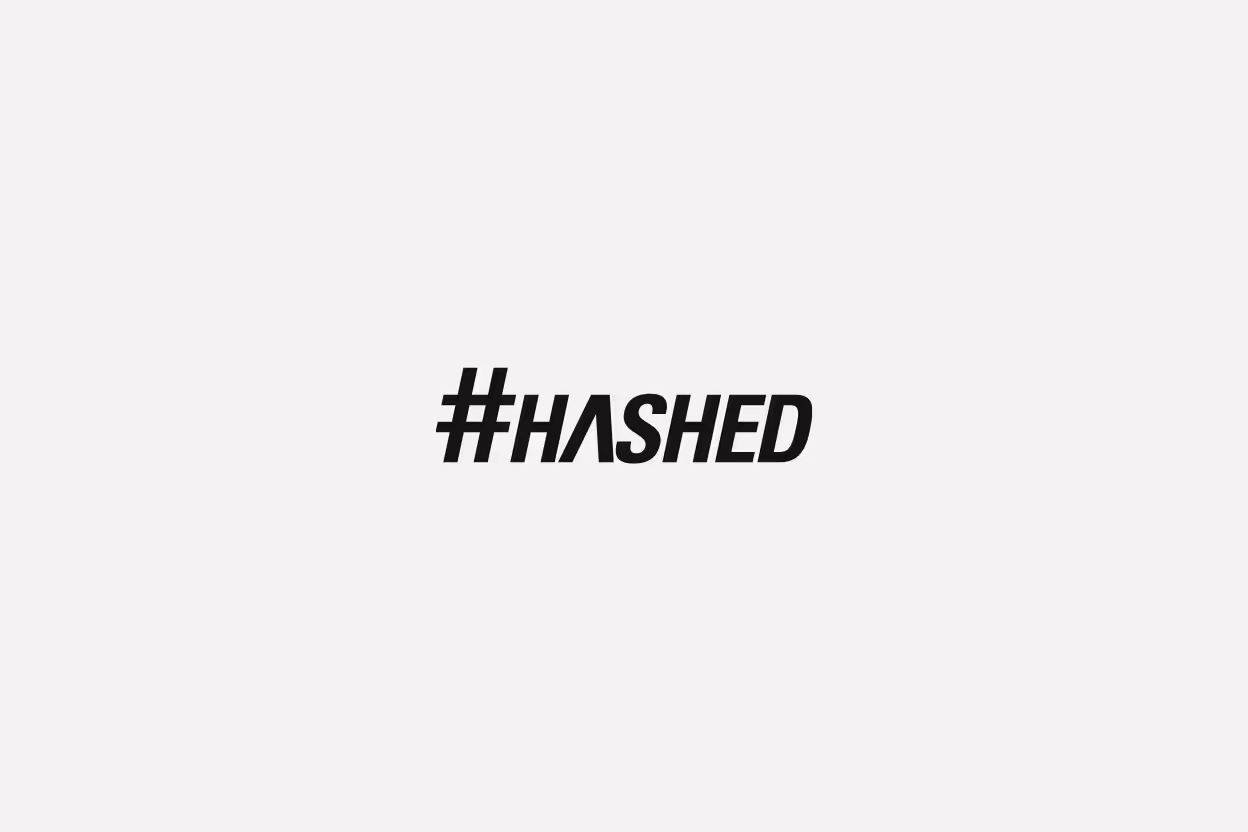The domain name system (DNS) has long provided a simple way to navigate the internet using readable names instead of numeric addresses. Web3 domains now extend this concept, aiming to make blockchain interactions smoother and more user-friendly. Moving beyond just human-readable websites, these domains can become wallet handles, streamlining transactions and identity verification on-chain.
This shift addresses one of the biggest challenges in crypto today: complexity. Wallet addresses are typically long and hard to remember, creating friction for users and developers alike. By introducing familiar naming conventions, Web3 domains improve usability and trust. The improvements in user experience from DNS to wallet handles aren't just technical upgrades—they redefine how people interact with blockchain technology at a fundamental level.
Understanding Traditional DNS: The Foundation of Digital Identity
Before we talk about how Web3 domains improve the user experience, it’s important to understand how traditional DNS works and why it matters. The Domain Name System (DNS) is the backbone of internet navigation. It makes the internet accessible by turning complex numeric IP addresses into easy-to-remember names. This system has shaped how we interact with online services and laid the groundwork for managing digital identities.
The Role of DNS in Internet Navigation
Think of DNS as the phonebook of the internet. When you type a website address like example.com, DNS translates that name into an IP address, such as 192.0.2.1, which points your browser to the correct server. This translation happens behind the scenes in milliseconds, allowing you to reach websites without memorizing long strings of numbers.
Without DNS, the internet would be much harder to use. We’d need to remember the exact IP addresses for each site or service, which is impractical. DNS simplifies this by offering:
- Human-readable domain names that are easy to type and recall.
- A distributed system of servers that work together to resolve names quickly.
- A hierarchy that organizes the address space efficiently, like top-level domains (.com, .org) and subdomains.
Thanks to DNS, browsing the internet feels natural and intuitive. It provides not just addresses but a layer of identity that helps users find and trust websites.
Limitations of DNS in a Web3 Context
Despite its strengths, DNS shows its limits in a decentralized, blockchain-based environment like Web3. Here are some key challenges:
- Centralization and Control: DNS relies on centralized authorities and registrars. These institutions have the power to censor, seize, or alter domain records. This control conflicts with Web3’s goal of decentralization.
- Security Vulnerabilities: DNS is vulnerable to attacks like spoofing, cache poisoning, or Distributed Denial of Service (DDoS). These risks can undermine trust and disrupt access.
- Lack of Blockchain Compatibility: DNS was not designed to work with blockchain addresses or smart contracts. It cannot natively link human-readable names to cryptographic wallet addresses or decentralized identities.
These limitations make it difficult for traditional DNS to fully support the needs of blockchain users. New systems that combine the ease of DNS with the security and decentralization of blockchains offer a better path forward for digital identity and asset management.
Understanding these basics helps highlight why moving from DNS-based names to wallet handles offers more than just a naming convenience—it represents a crucial step toward a more secure, borderless user experience in Web3.
The Shift to Web3 Domains: A New Paradigm for User Experience
The move from traditional DNS to Web3 domains marks a major change in how users interact with blockchain services. It’s more than just replacing hard-to-remember wallet addresses with simpler names. This shift builds on three core improvements: native integration with blockchains, strong resistance to censorship, and easier identity management. Together, these features tackle common user issues that slow adoption and complicate everyday use. Alongside this, Web3 domains make it possible to turn wallet addresses into readable wallet handles, bringing crypto usability closer to what we’re used to on the web.
Features of Web3 Domains that Enhance UX
Web3 domains offer a set of unique capabilities designed with the user in mind:
- Native Blockchain Integration
These domains exist directly on a blockchain such as Ethereum or Polygon, allowing seamless interaction with smart contracts and decentralized apps. There’s no middleman translating domain names to addresses — the system speaks the blockchain’s language natively. This eliminates mismatches, speeds up lookups, and reduces errors. - Censorship Resistance
Unlike traditional DNS which depends on centralized registrars, Web3 domains are maintained on decentralized networks. This means they cannot be easily taken down, altered, or seized by governments or corporations. Users enjoy uninterrupted access, important for financial services and freedom of expression. - Simplified Identity Management
Instead of juggling multiple usernames and passwords, users can control a single Web3 domain that works across apps. This domain can link to wallets, social profiles, or digital identities stored on-chain. It offers a consistent identity that users own, reducing confusion and boosting trust.
These benefits address real pain points. Have you ever struggled to copy a long wallet address without errors? Or lost access because a domain was seized or a registrar went offline? Web3 domains solve these problems, making blockchain interaction smoother and more reliable.
How Web3 Domains Enable Crypto Wallet Handles
Imagine sending crypto using names you can easily remember — like sending an email instead of typing a confusing string of characters. This is the promise of wallet handles built on Web3 domains.
A wallet handle is a human-readable name linked to a crypto wallet address, often in the format of yourname.crypto or yourname.eth. When you receive crypto or interact with dApps, you use the handle instead of a long hexadecimal address such as 0x4b...9a3e. The blockchain resolves this handle to the correct wallet behind the scenes.
This approach offers clear benefits:
- Reduces Errors
Typing or copying long addresses can lead to costly mistakes. Remembering a simple name is easier and safer. - Boosts User Confidence
People trust recognizable names more than random strings. This improves adoption and reduces hesitation in transactions. - Streamlines Identity
Wallet handles can also link to profiles, social accounts, or verified credentials, uniting identity and payments in one place.
Do you wonder how many projects could benefit from wallet handles? They open the door to new user experiences—like contact lists for wallets, simpler payments, and clearer digital reputations. This is a solid step forward in making blockchain usable for everyone, from casual users to founders.
By shifting from DNS to Web3 domains and wallet handles, we’re moving toward a future where blockchain interactions are as natural and friendly as using email or social media accounts. This is the UX leap the crypto space has needed.
From Wallet Addresses to Wallet Handles: Simplifying Transactions
In the world of blockchain, wallet addresses are the backbone of transactions. Yet, they present a significant hurdle for everyday users. By shifting to wallet handles—human-readable, memorable names—we lower the barrier to entry and create a smoother, more trustworthy experience. This section explores why traditional wallet addresses hinder usability, how wallet handles improve the experience, and real examples that show their value in practice.
Problems with Traditional Wallet Addresses
Have you ever had to copy a crypto wallet address and worried about making a tiny mistake? Traditional wallet addresses are long strings of letters and numbers, mostly hexadecimal, like 0x4b3e2f9a3e.... These addresses typically:
- Are difficult to memorize because they lack meaning or pattern.
- Lead to frequent errors when typed or copied—missing or wrong characters can cause lost funds.
- Create anxiety and mistrust among users new to crypto, as the address looks like random code, not something familiar.
- Add friction in transactions, slowing down processes especially for mobile users.
For many, these confusing strings become a barrier rather than a gateway. Users hesitate to send funds because one typo or paste-error could be disastrous. In addition, manually verifying such addresses each time is tiring and impractical for fast or frequent transactions.
The UX Benefits of Wallet Handles
Wallet handles transform those long addresses into readable names—think of them as the blockchain’s version of a phonebook entry or email address. This improvement brings several clear advantages:
- Lower error rates. Typing
john.cryptoinstead of a long hexadecimal address reduces the chance of mistakes drastically. - Faster transactions. Addresses resolve instantly to the correct wallet, making payouts or peer-to-peer transfers quicker and smoother.
- Enhanced user trust. People feel more confident sending funds to a handle that looks like a real name or brand rather than a confusing string.
- Memorability and convenience. Users can remember handles like usernames, allowing repeat transactions without constantly looking up or copying addresses.
- A unified identity layer. Wallet handles can link to social profiles or digital identity credentials, further increasing trust and clarity.
These benefits improve adoption rates by removing key user experience roadblocks in crypto. Handles aren’t just names—they’re a smarter way to build relationships on-chain.
Examples of Wallet Handle Implementations
Wallet handles are no longer theoretical. Several platforms and projects have adopted this approach with positive results:
- ENS (Ethereum Name Service) allows users to claim
.ethdomains that double as wallet addresses. Sending crypto toalice.ethis easier than a complex hex string. - Unstoppable Domains provides domain names ending in
.cryptoor.zilwhich work as wallet handles across multiple blockchains without needing multiple addresses. - FNS (Fantom Name Service) enables users to register simple handles on the Fantom network, improving usability for that ecosystem.
- Handshake offers decentralized domain names that can also link to wallet addresses, emphasizing censorship resistance with clear handles.
These platforms show how wallet handles are already making blockchain wallets more accessible. Users no longer dread sharing or entering wallet information. Instead, they use names they recognize, trust, and can easily recall.
As more blockchains and apps adopt wallet handles, expect transactions to become faster and friendlier. This simple switch from hard-to-read strings to human names represents a major step forward in making blockchain usable by everyone, not just experts or developers.
Challenges and Future Directions in Web3 Domain UX
Web3 domains and wallet handles promise to simplify blockchain usability, but their user experience still faces significant challenges. Understanding these obstacles and exploring future paths is essential for founders and developers looking to build mass adoption. The shift from traditional domains to blockchain-based identities raises questions about user readiness, technical compatibility, and design innovation. Let’s break down some key areas where effort is needed to make Web3 domains a universal solution.
Adoption Hurdles and User Education
Many users and developers hesitate when it comes to switching from familiar DNS and wallet addresses to Web3 domains. This resistance often comes down to:
- Familiarity with existing systems: Users know how to search for domains with DNS and send crypto via traditional addresses, even if cumbersome. The learning curve for Web3 domains feels steep.
- Concerns about security and trust: New formats raise doubts—how can users be sure wallet handles are legitimate? Will they be protected from scams?
- Technical complexity: Developers face extra work integrating these new systems, especially when standards are still evolving.
- Lack of widespread tooling and support: Without native support in browsers, wallets, and apps, Web3 domains can feel fragmented or inconvenient.
Education plays a critical role here. Clear resources that explain how to use wallet handles, why they improve security, and how they benefit users can ease adoption. Walkthroughs, visual aids, and real-world examples help reduce hesitation. Encouraging developers to build usability into their apps also supports smoother onboarding.
Successful adoption depends on creating confidence and clarity around these new identities, just as users grew comfortable with DNS through years of use and education.
Interoperability Across Blockchains
Web3 isn’t about just one blockchain but an ecosystem of many networks like Ethereum, Polygon, Fantom, and more. For Web3 domains and wallet handles to be effective, they must work smoothly across all these blockchains without forcing users to manage multiple separate identities.
Challenges include:
- Diverse technical standards: Different blockchains use varied address formats and smart contract rules.
- Cross-chain resolution: A single wallet handle should return the correct wallet address on any chain it supports.
- Unified user experience: Users want a consistent way to manage domains and wallets without jumping between apps or networks.
Solving interoperability is like building a universal translator for names and addresses across blockchain languages. Some projects are experimenting with cross-chain registries and layers that sit above individual blockchains to unify lookups and updates.
This interoperability unlocks wider use cases—from decentralized finance apps to social platforms—giving users a singular identity that moves freely across blockchain borders.
Innovation in Identity Management and UX Design
The future of Web3 domains lies in smart identity management and thoughtful UX design that goes beyond just naming. Emerging trends include:
- Decentralized identity standards that combine wallet handles with verifiable credentials to prove traits like membership, reputation, or qualifications on-chain.
- Adaptive user interfaces that simplify domain setup, recovery, and linkage to other decentralized services.
- Multi-modal identity wallets integrating social logins, biometrics, and hardware keys while preserving user control.
- Rich profile ecosystems blending domain names, wallet handles, and social profiles into cohesive digital identities that users own and control.
These advancements will make the experience feel personal and intuitive, not technical or intimidating. They can bring Web3 identities closer to how people manage digital personas on social media but with privacy and ownership at the core.
Unlocking this next level of UX is crucial for onboarding mainstream users who expect smooth, error-free experiences.
The challenges and future directions of Web3 domain UX are tightly linked to user trust, blockchain compatibility, and design innovation. Focusing on these aspects will help the industry deliver on the promise of wallet handles and next-gen digital identities. This section connects well with discussions about the shift to Web3 domains and improving wallet handle usability.
Conclusion
The move from DNS to wallet handles marks a clear improvement in user experience for blockchain interactions. By replacing complex strings with simple names, Web3 domains reduce errors, build trust, and make transactions feel natural.
This shift supports broader adoption by lowering barriers that once made crypto difficult for most users. Founders should focus on creating identity solutions that are easy to use and secure, addressing education and interoperability challenges head on.
What new possibilities will emerge as wallet handles become standard? The path forward lies in making blockchain accessible for everyone, through clearer, user-friendly domain systems and seamless identity management. This UX leap sets the stage for the next wave of blockchain innovation and mass use.









